

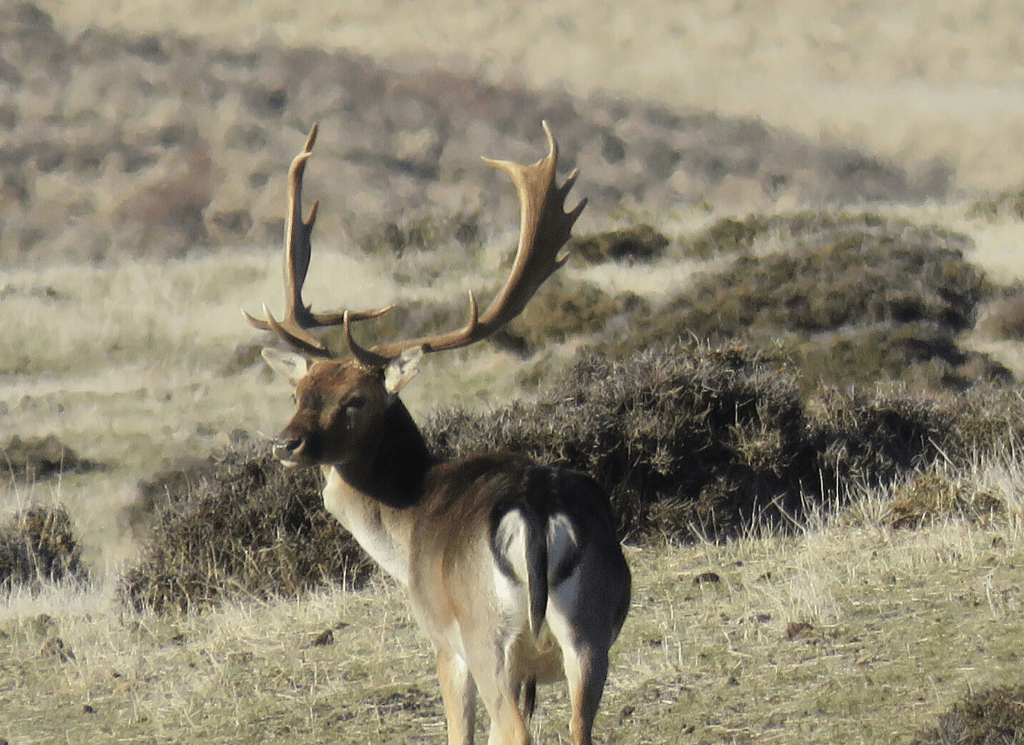
Hunting Experiences
10 July 2020
Coat-wise, fallow deer have a diverse range of pelt colours— the most of any deer species in New Zealand. It adds to the hunting experience. There are four basic groupings: melanistic, common, menil, and white. Within each color group, there can be variations.
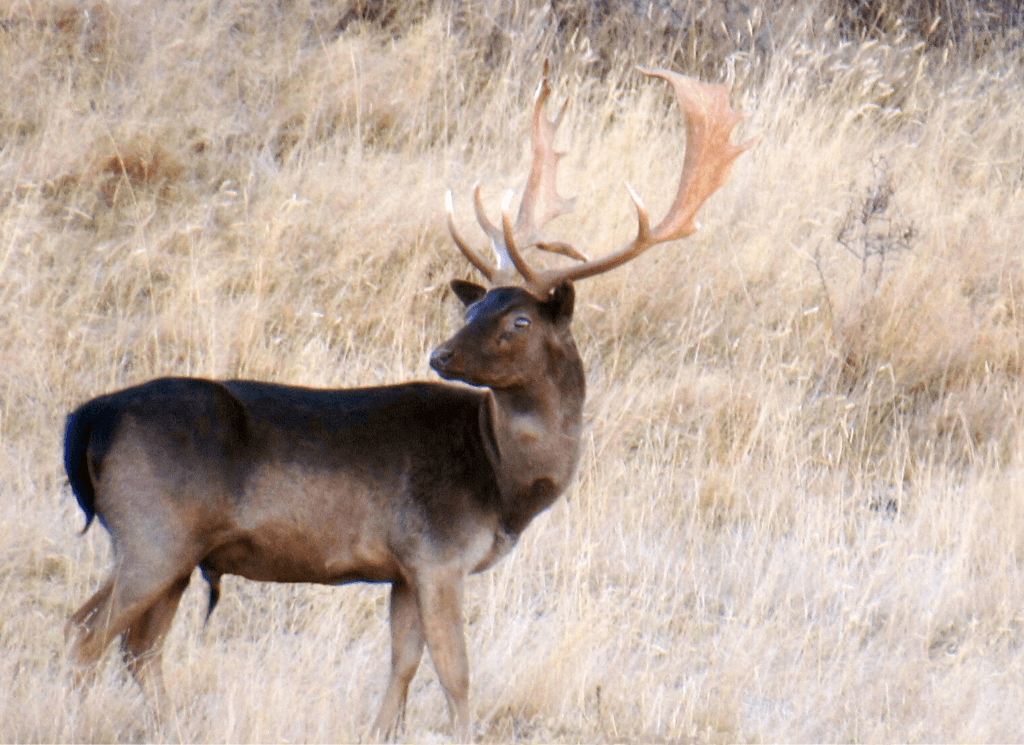
Melanistic or black fallow are actually not pure black but two-tone; a belly line divides the upper dusky grey shade from the lower light-brown hue. In winter the dusky grey / black impression becomes more uniform. Spots are present, though hard to see. The original fallow deer imported to New Zealand were black, and it was rare to see other colors within early liberation herds. Famous melanistic wild herds are located in the Wakatipu area, the Blue Mountains, and Whanganui.
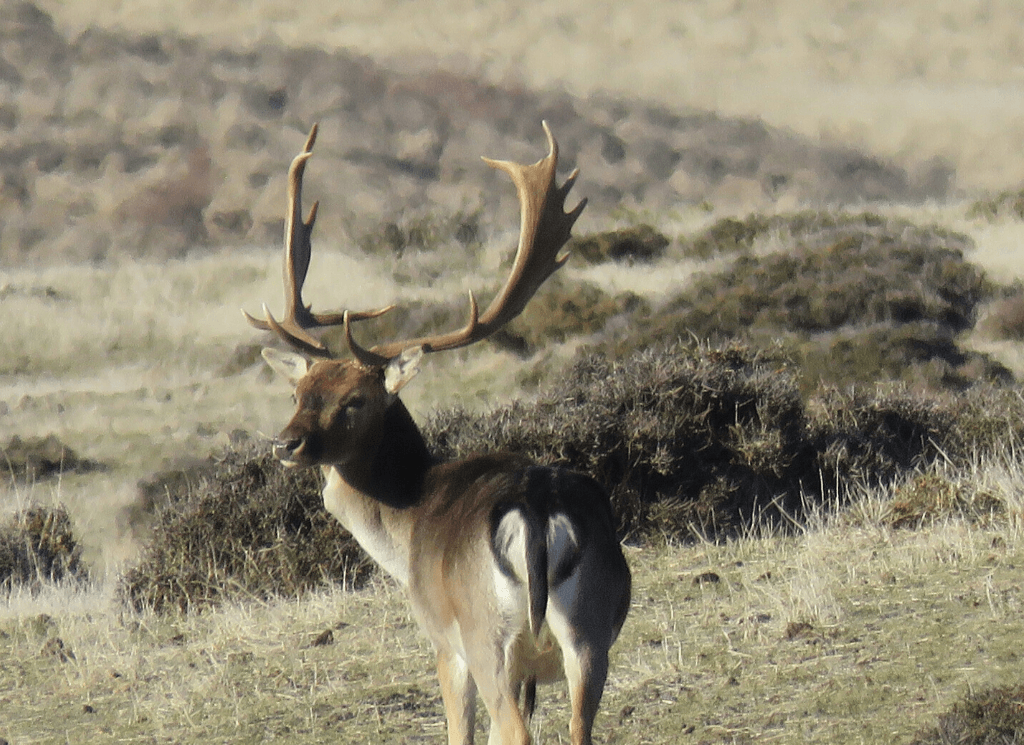
Common fallow deer have become just that in New Zealand today. They’re now widespread. Later fallow introductions have seen this color variety proliferate, and in many areas, they dominate over black as a color. Common fallow are spotted deer with white spots on a chestnut pelt in summer, though spots can disappear in winter. Like black fallow, they have a dark dorsal stripe and a dark stripe around the rump patch.
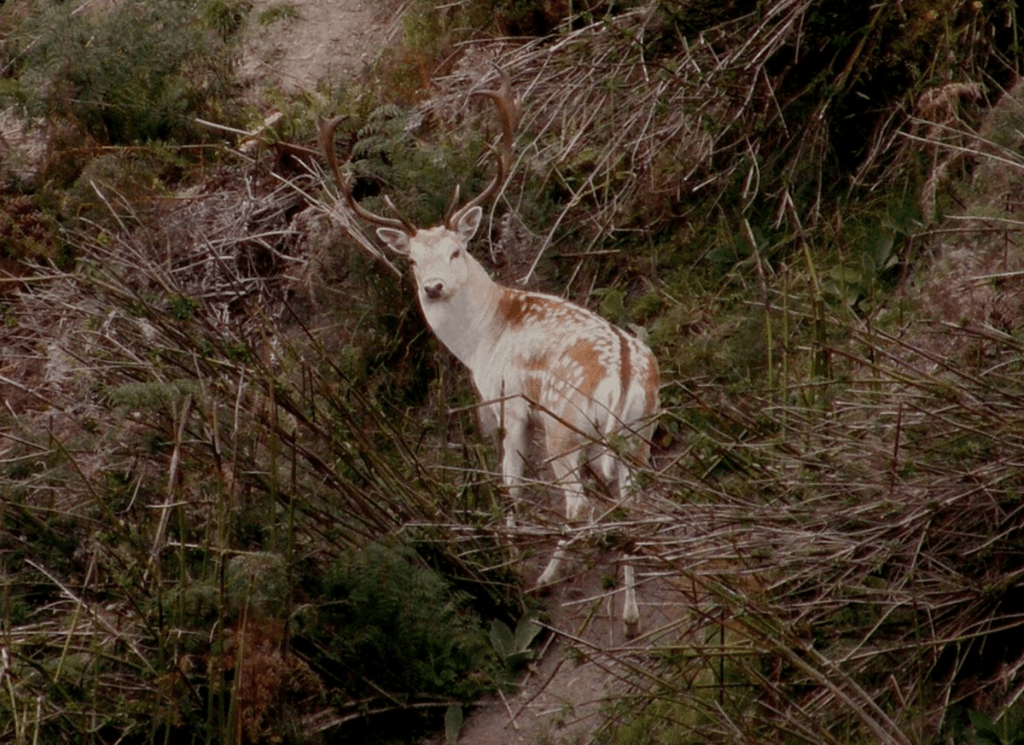
Menil fallow are also spotted deer, but paler in color, and they don’t become as dark as common deer over winter. They also lack the rump patch stripe that common fallow possess.
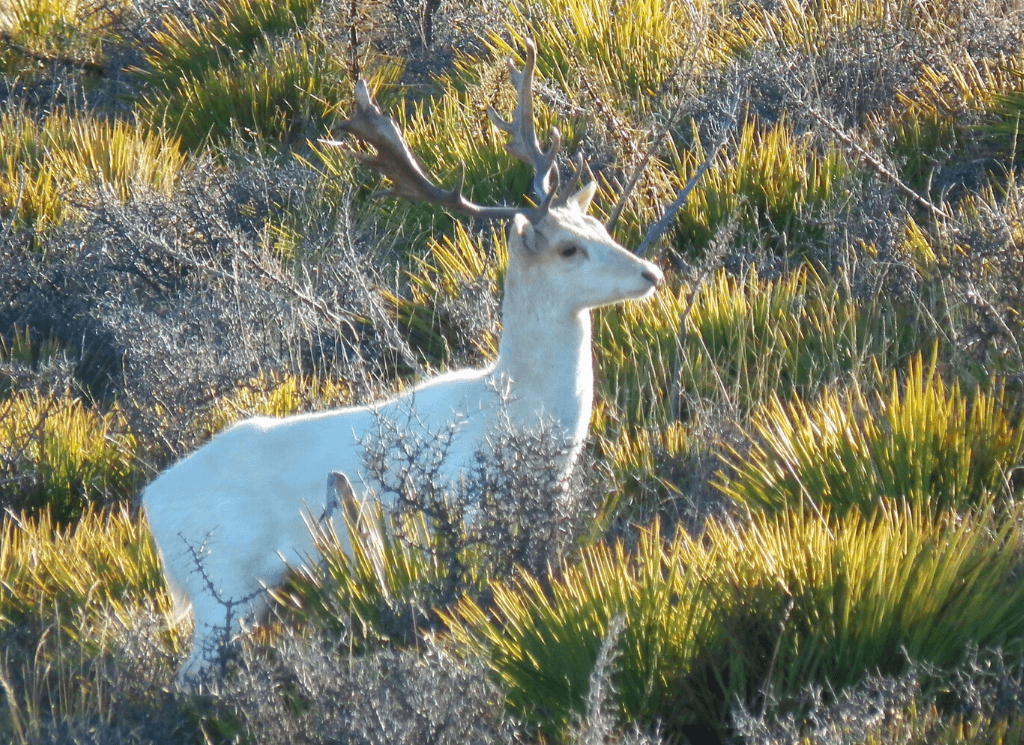
White fallow deer are the rarest in New Zealand, and are seldom seen in free-range areas. Their color isn’t a great survival tool. Animals begin life as yellow or cream and, as they age, each animal eventually becomes pure white. Mature bucks can become stained during the rut. Variations of all of the color categories occur, and other distinct colors observed on the hill are ginger, blue/grey, and brown.
Estate trophy fallow bucks are often common or menil in color as their bloodline is different to that of the original black fallow liberation colour. From a survival point of view, the melanistic fallow are hardest to spot, and in open country, they disappear easily into the dark grey matagouri cover. In scrub and forest they’re hard to spot in poor light.
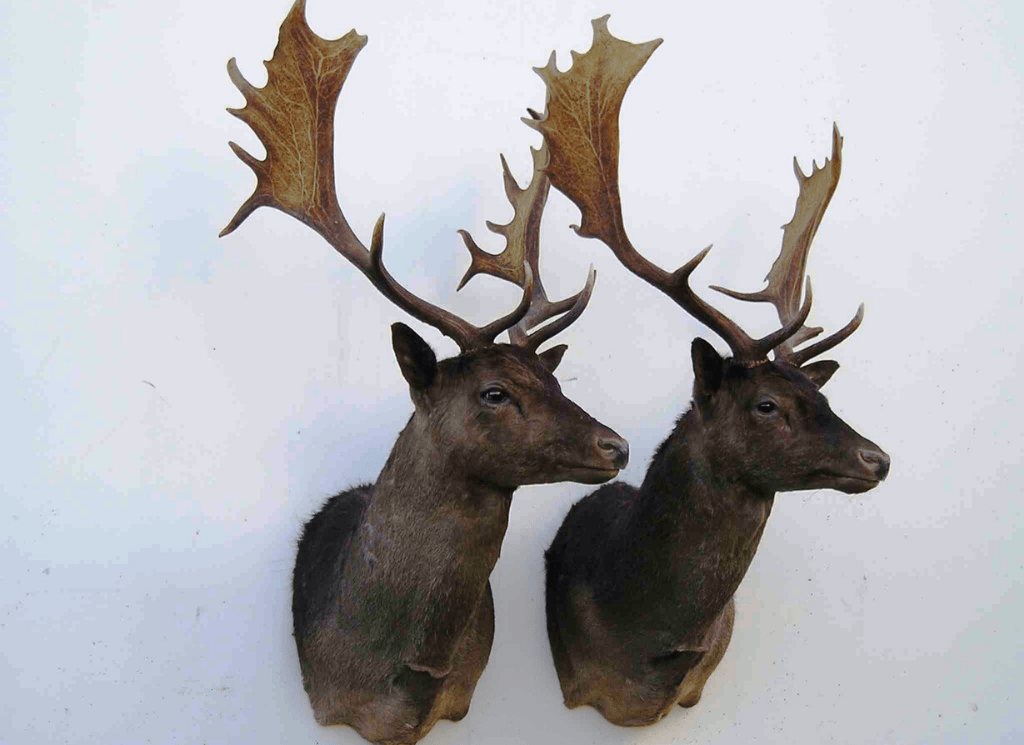
Poronui hunters will probably select their trophy fallow buck based on antler quality — and rightly so. But when two heads are similar in size, color will determine which gets harvested. Each hunter has a different preference. Personally, my favorite color is a melanistic buck based on his wild look and his longer introduction heritage here in New Zealand. He was the ‘original’ fallow.
Want to ask a question about Poronui, personalise your vacation with bespoke itinerary options or find out about available dates?
Simply fill in your name and contact email address with a short message and we will get back to you.